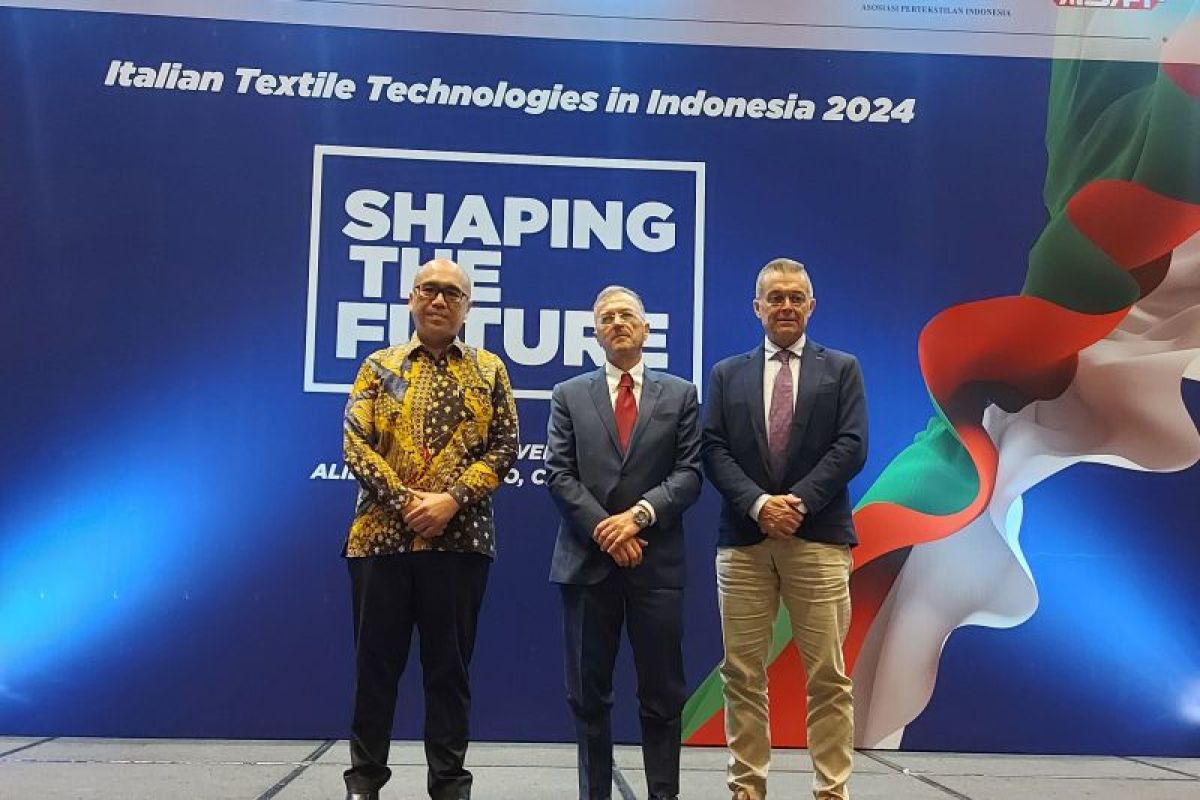Italy Promotes Eco-Friendly Textile Technology in Indonesia
In an effort to bolster environmental awareness within Indonesia’s textile industry, Italy has launched a series of workshops aimed at introducing advanced, eco-friendly textile technologies to local players. The first of these workshops was held in Solo, Central Java, on Tuesday, where Marco Salvade, President of the Italian Textile Machinery Manufacturers Association (ACIMIT), highlighted the critical need for a sustainable approach in textile manufacturing.
Understanding Societal Needs
“The textile industry must recognize that societal needs are constantly evolving,” said Salvade during the event. “This progression must respect both the environment and human dignity.” His remarks resonate strongly in Indonesia, a country that is experiencing rapid growth and an increasing awareness of environmental issues, particularly within the textile sector.
The workshop, organized by the Italian Trade Agency (ITA) and ACIMIT, serves as a platform for enhancing the sustainability of the Indonesian textile industry. It emphasizes the introduction of cutting-edge Italian textile technology, which aims to minimize environmental impact.
Innovations in Textile Technology
Salvade explained that the focus of this initiative is to improve textile technology in ways that reduce energy consumption and pollution. He stated, “What we are doing now is to try to improve the technology to reduce the consumption, energy consumption, and, of course, the pollution.”
The workshop addresses an essential link between energy efficiency and cost reduction. “Less energy means less cost. However, we must also be mindful of creating a cleaner world,” he added, reinforcing the dual benefits of adopting sustainable technology.
Future Workshops and Participation
The efforts do not end in Solo. Another workshop is scheduled for November 14 in Bandung, West Java. These events will feature 17 Italian textile manufacturers presenting their diversified technologies across various specializations, including:
- Finishing
- Dyeing
- Non-woven textiles
- Spinning
- Weaving
- Knitting
- Textile laboratories
Through these workshops, participants can gain insights into crucial topics such as digitalization, the Internet of Things (IoT), and sustainable practices within the textile industry.
Potential Impact on the Industry
Indonesia’s textile industry represents a significant portion of the country’s economy, yet it also faces scrutiny due to its environmental footprint. The introduction of advanced Italian textile technology promises to enhance productivity while also safeguarding the environment. By integrating modern solutions, Indonesian textile manufacturers can harness improvements that not only address productivity concerns but also align with global sustainability goals.
Experts anticipate that such technological advancements may lead to a transformative shift in the industry, enabling firms to compete on a global scale while promoting a responsible approach to manufacturing.
A Shared Vision for Sustainability
The initiative represents a collaborative vision between Indonesia and Italy, emphasizing mutual goals of sustainability and innovation. As local players adapt to new technologies, they can also contribute to the wider narrative of environmental stewardship in manufacturing practices.
This transition towards eco-friendly technologies is crucial as countries rally to meet international sustainability targets. By investing in education and technology sharing, the partnership between Italy and Indonesia seeks to spearhead a new era for the textile sector—one that balances profitability with ecological responsibility.
Engagement and Discussion
Readers are encouraged to share their thoughts on the importance of sustainability within the textile industry and how similar initiatives may impact local economies. Let’s discuss how technology can pave the way for greener practices in manufacturing.
For more information on textile technology trends and innovations, visit our related articles on Shorty-News or explore credible sources like TechCrunch and Wired.


